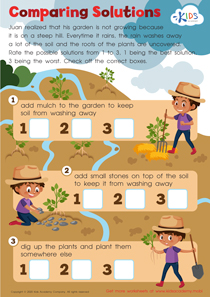Tracing Letters Worksheets Activities With Answers for Ages 4-9 - Page 2
57 filtered results
-
From - To
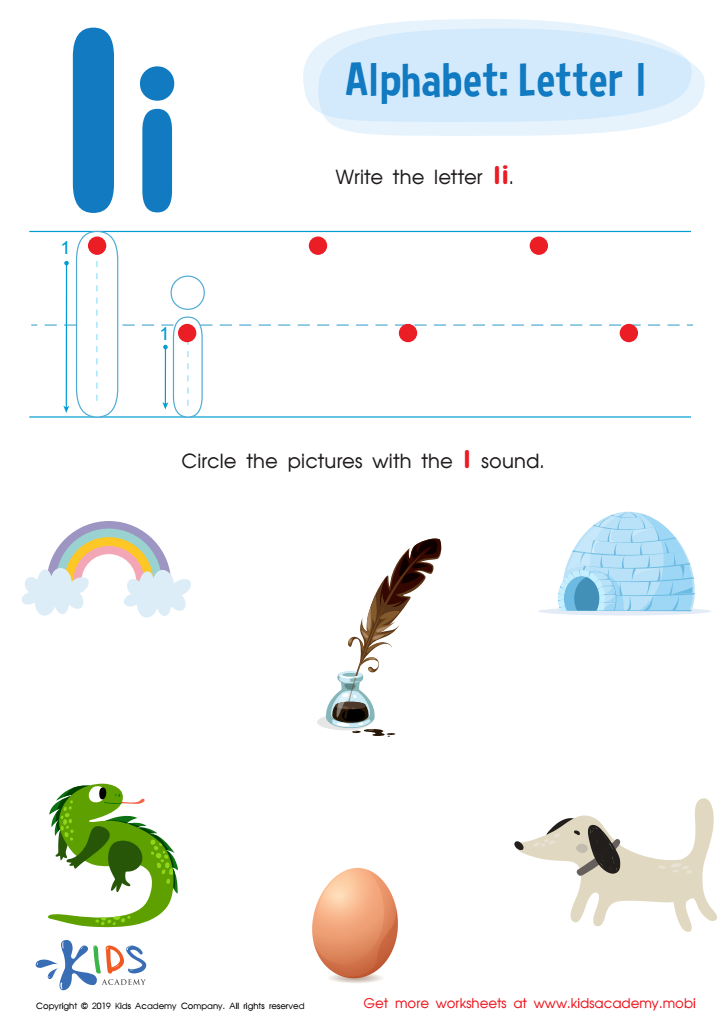

Letter I Tracing Worksheet
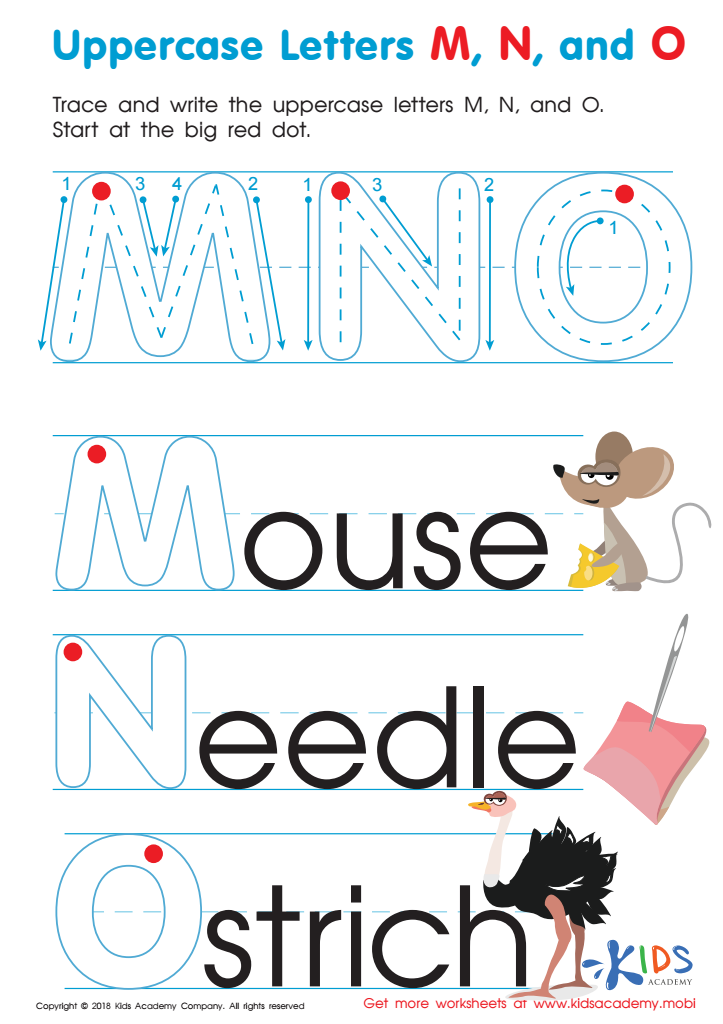

Uppercase Letters M, N, and O Worksheet
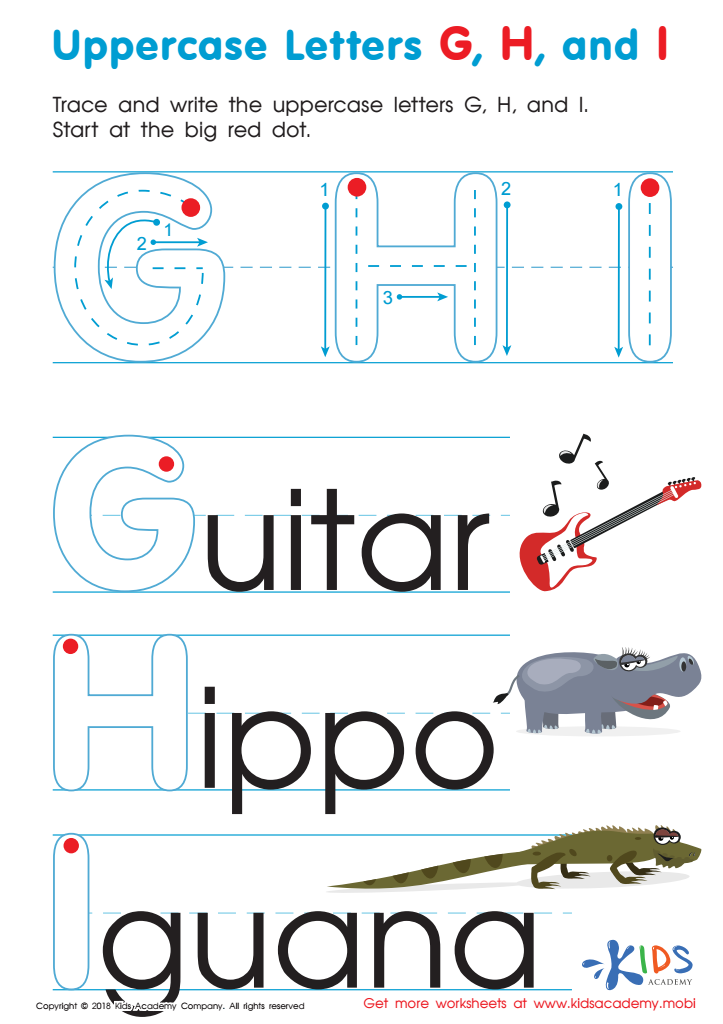

Uppercase Letters G, H, and I Worksheet
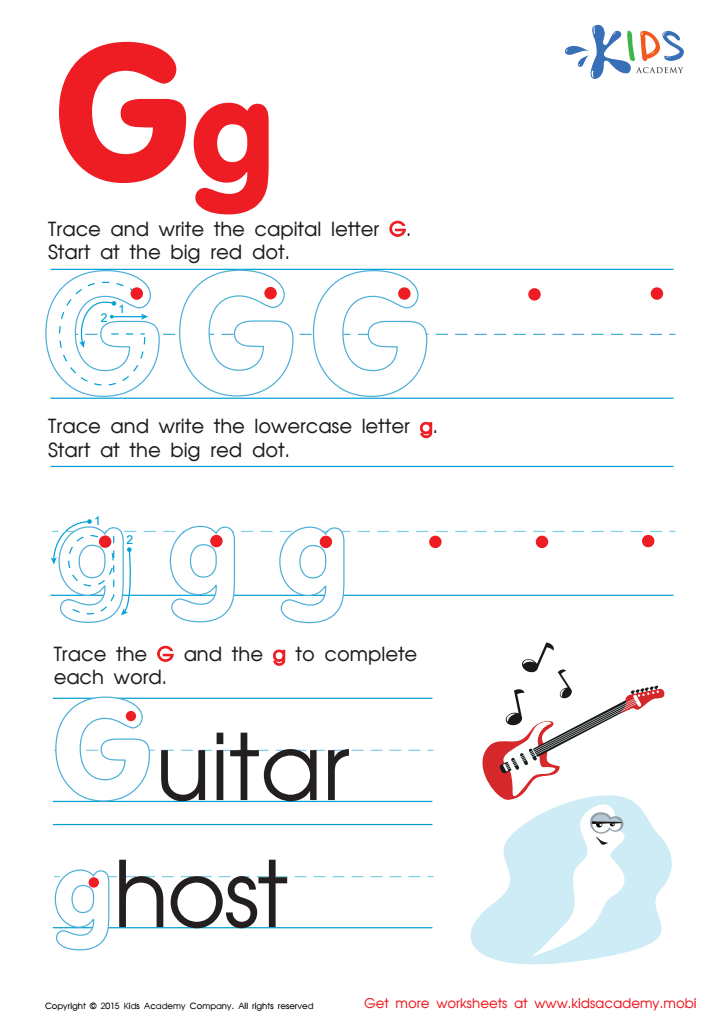

Letter G Tracing Page
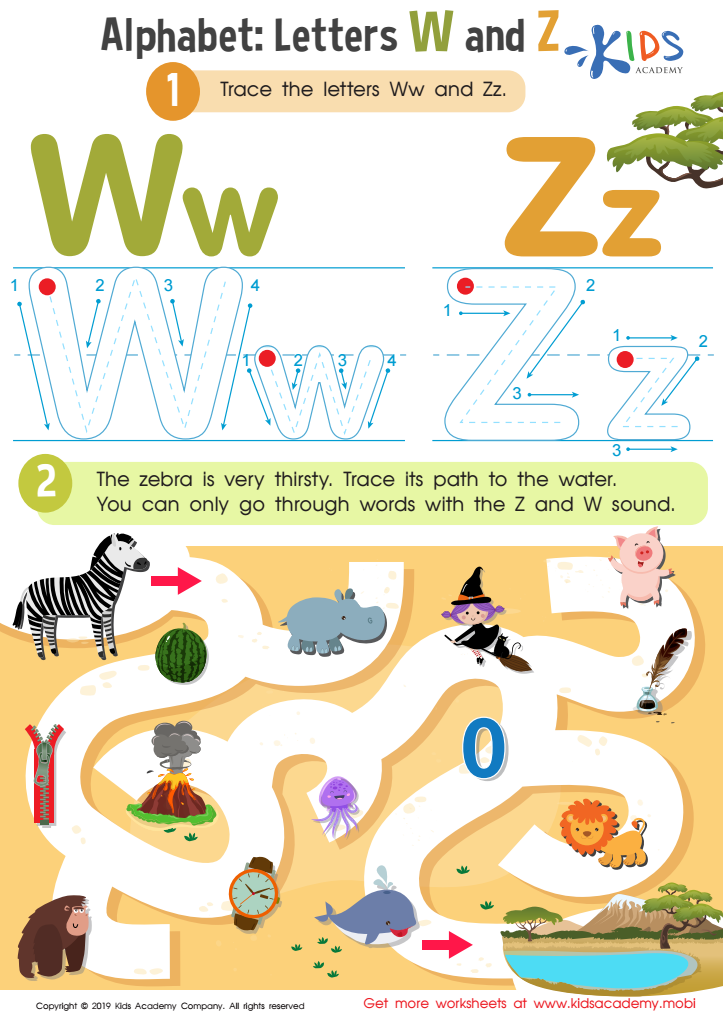

Letters W and Z Tracing Worksheet
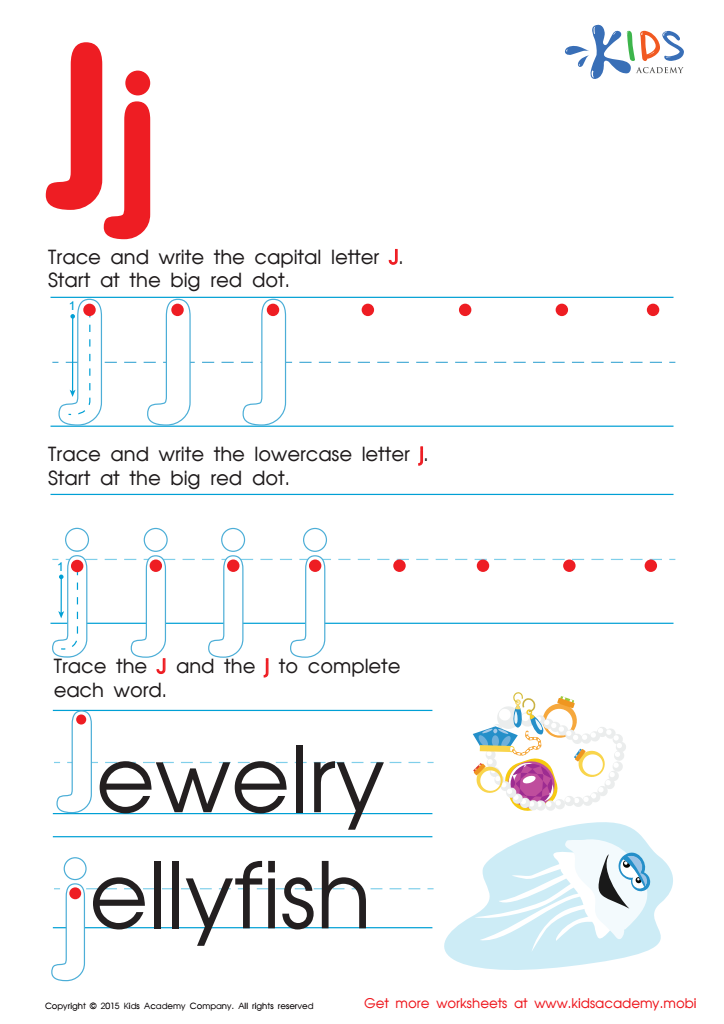

Letter J Tracing Page


Letter L Tracing Page
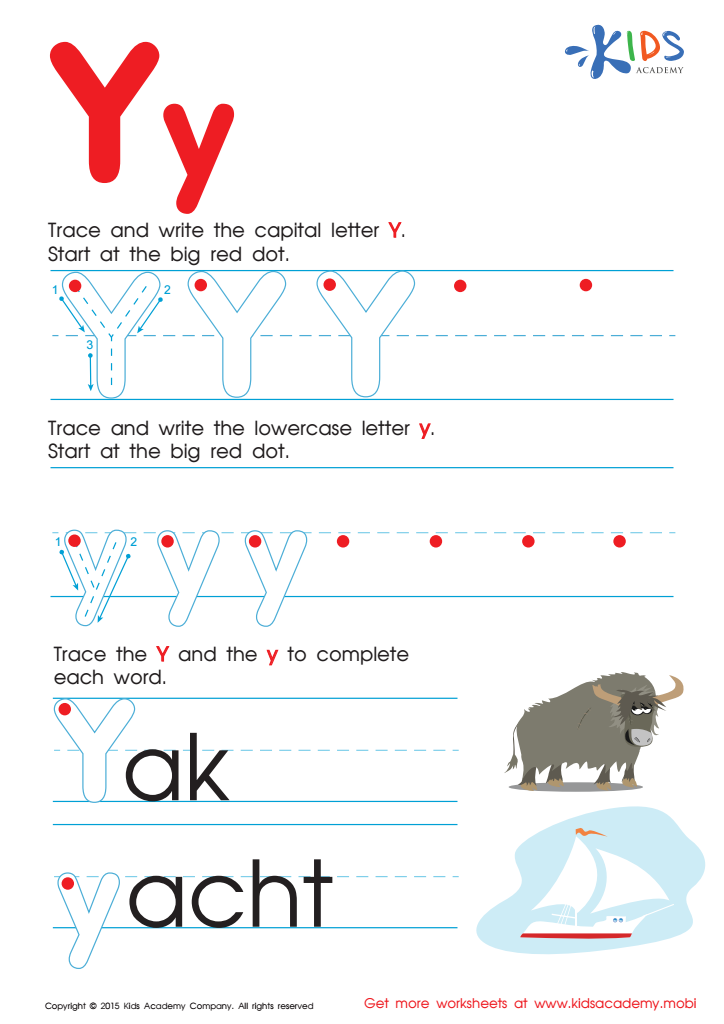

Letter Y Tracing Page
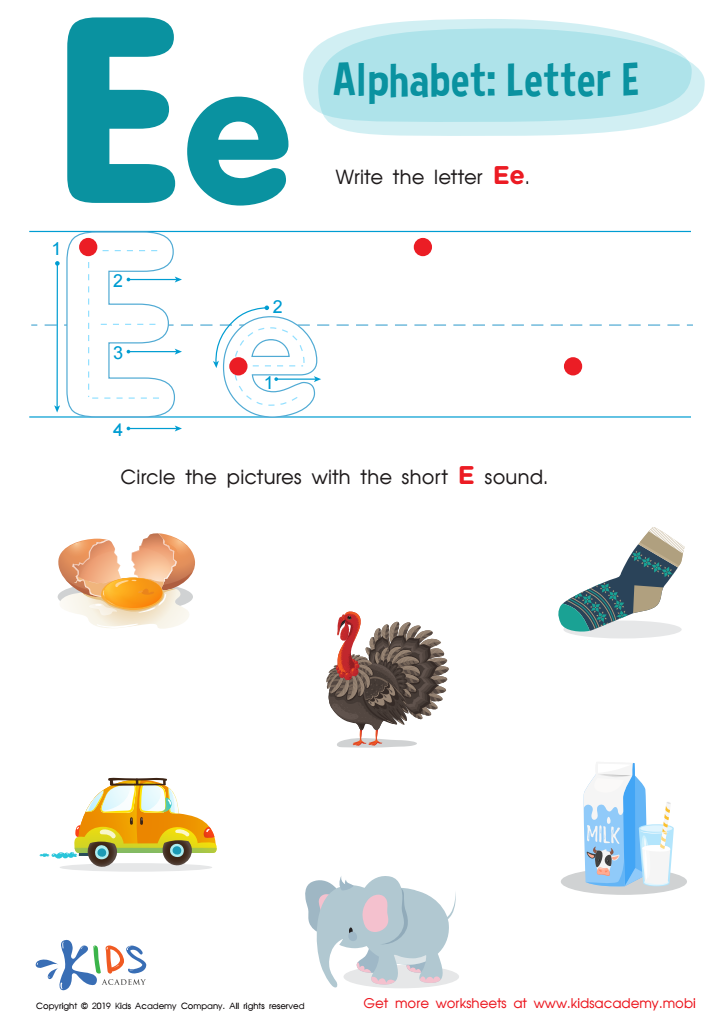

Letter E Tracing Worksheet
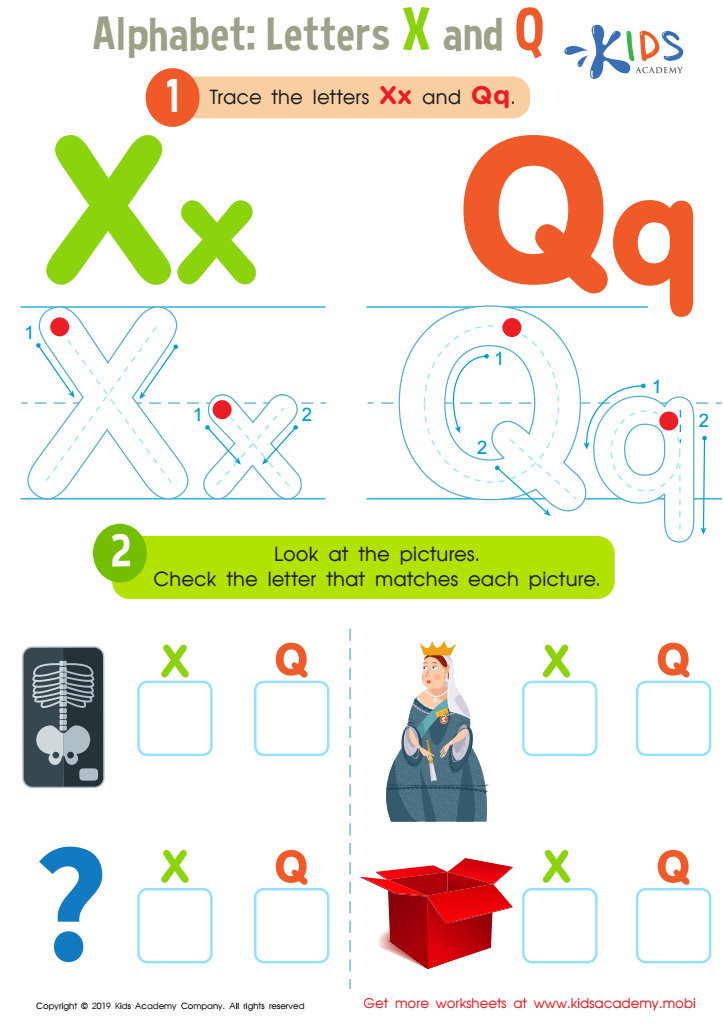

Letters X and Q Tracing Worksheet
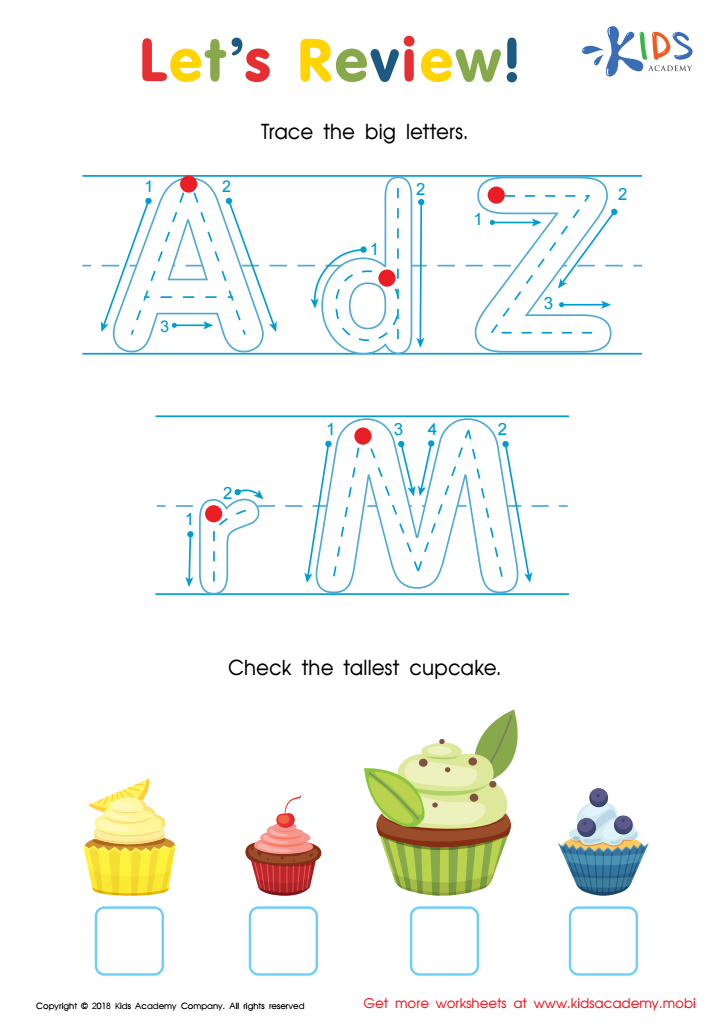

Let's Review! Big Letters Worksheet
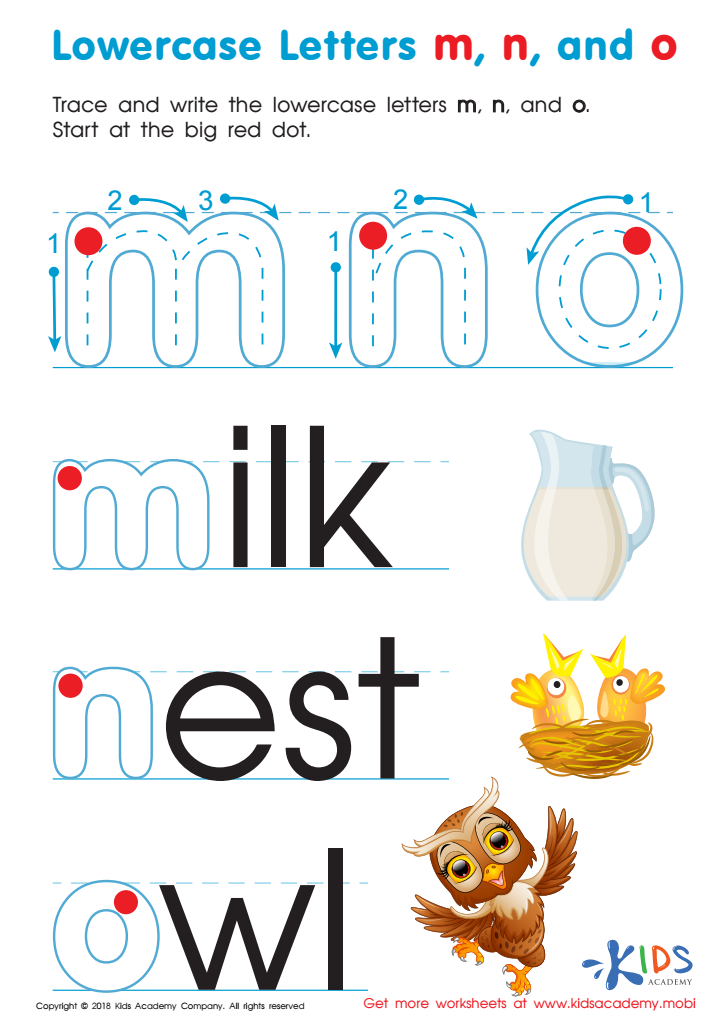

Lowercase Letters m n o Worksheet
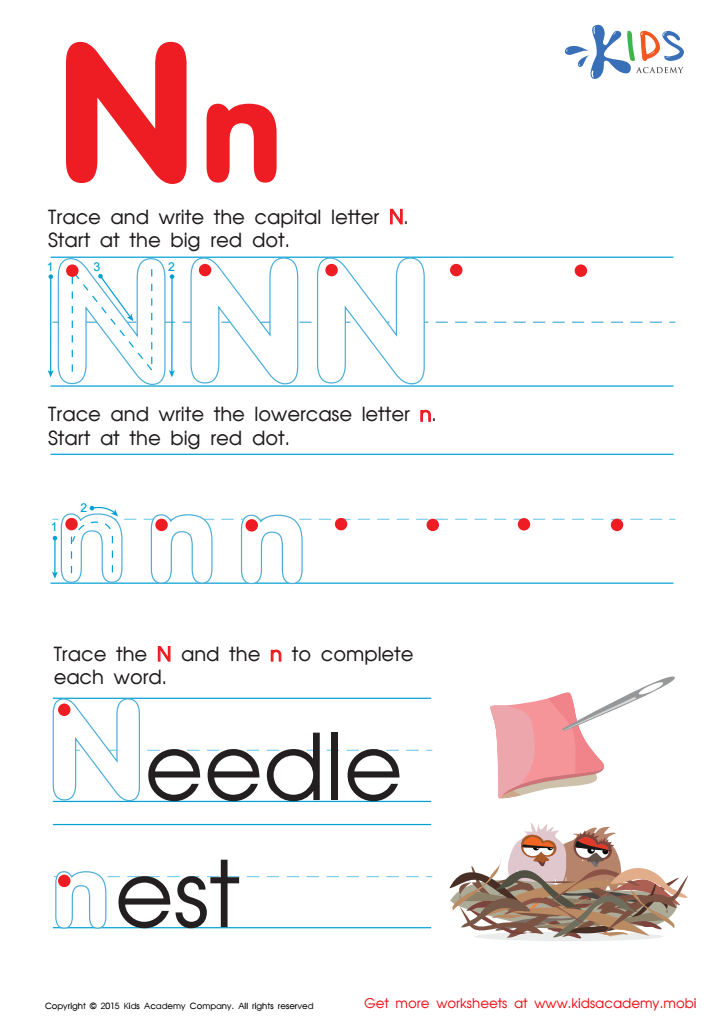

Letter N Tracing Page


Letter B Tracing Page
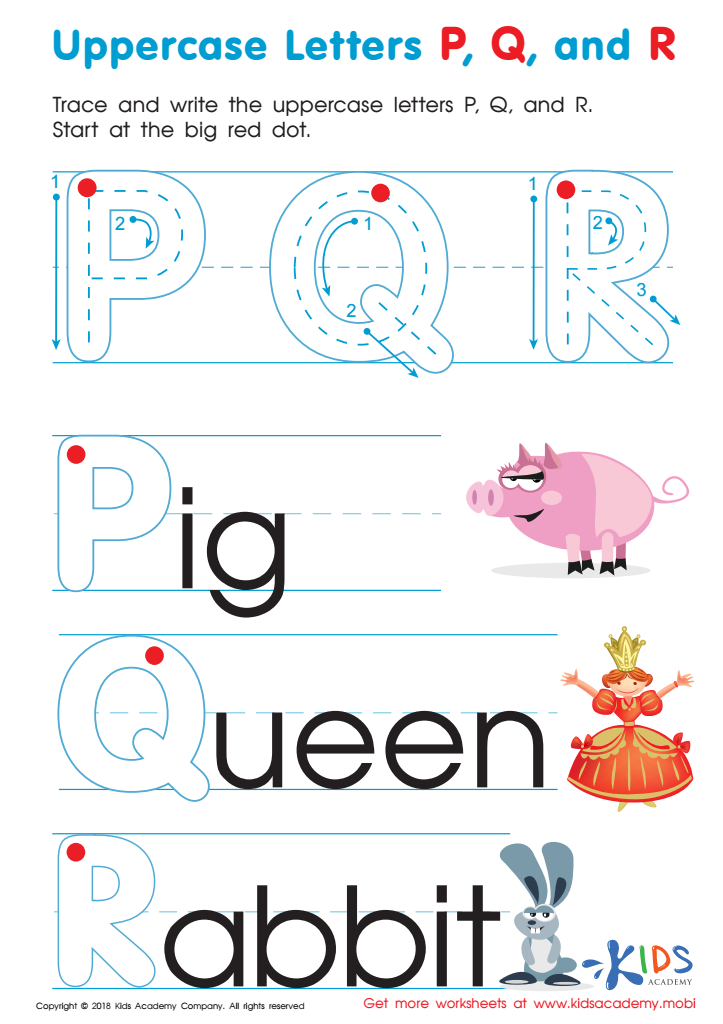

Uppercase Letters P, Q, and R Worksheet
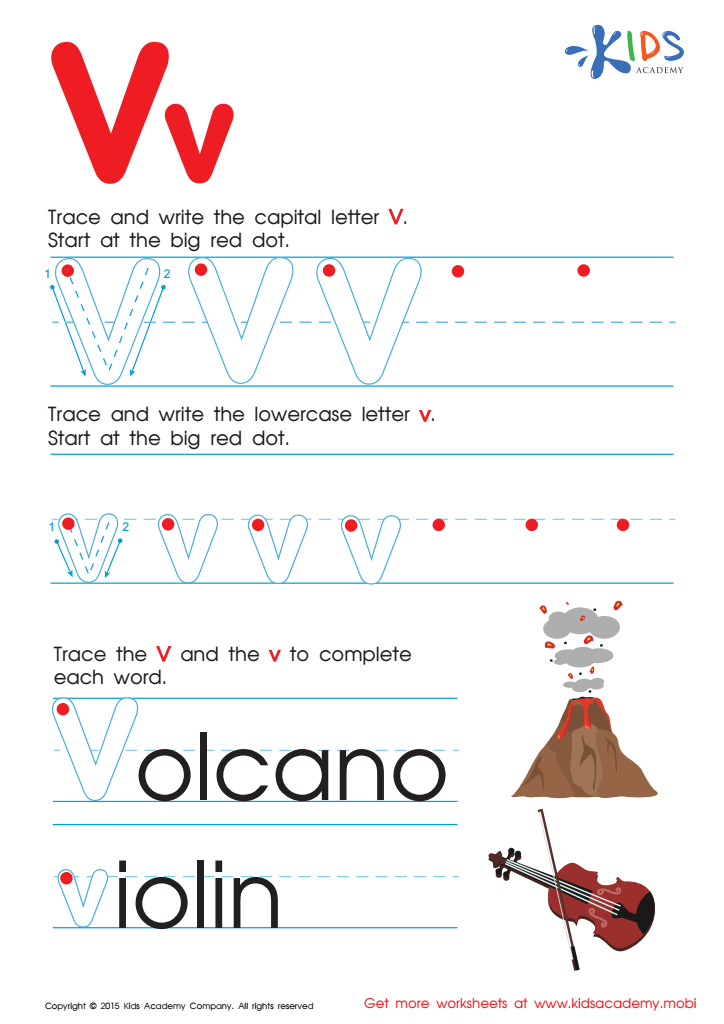

Letter V Tracing Page
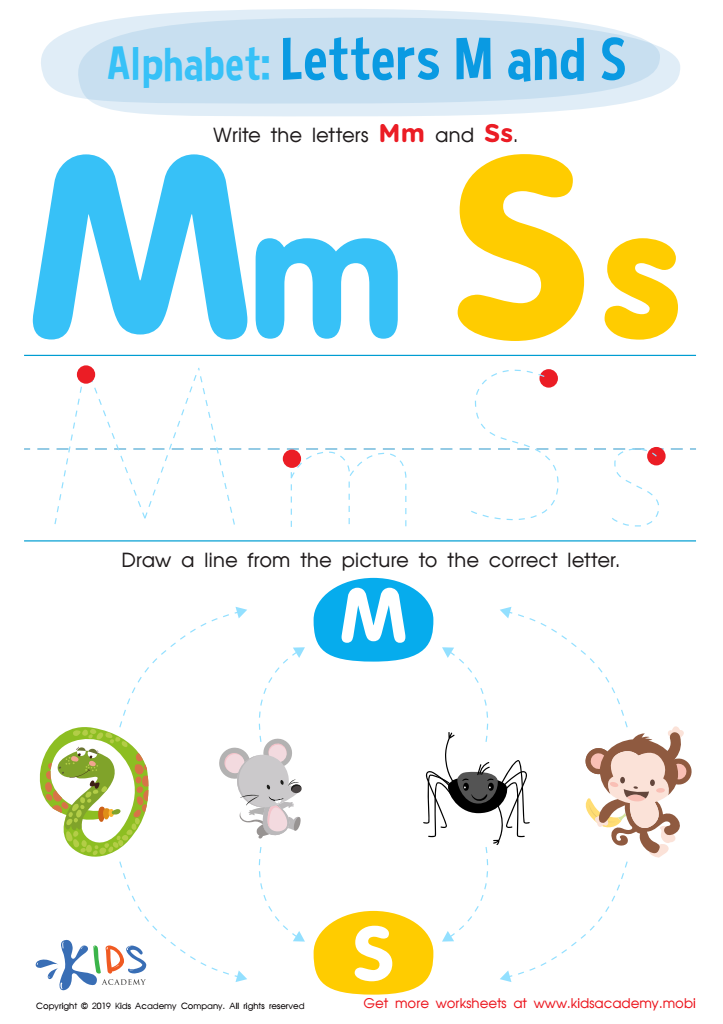

Letters M and S Tracing Worksheet
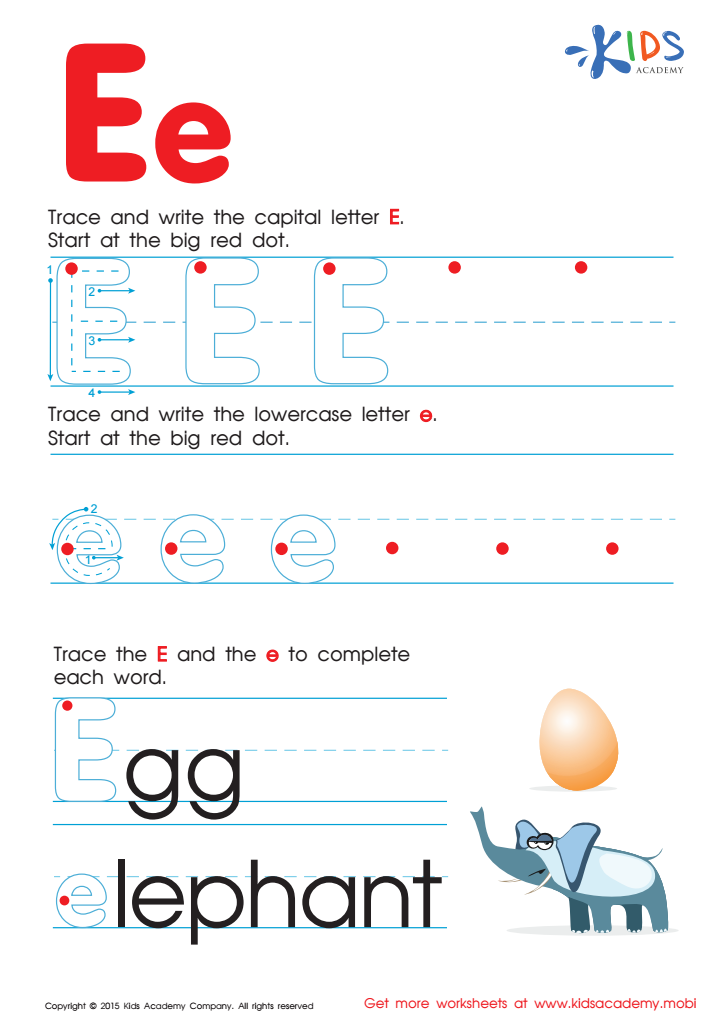

Letter E Tracing Page
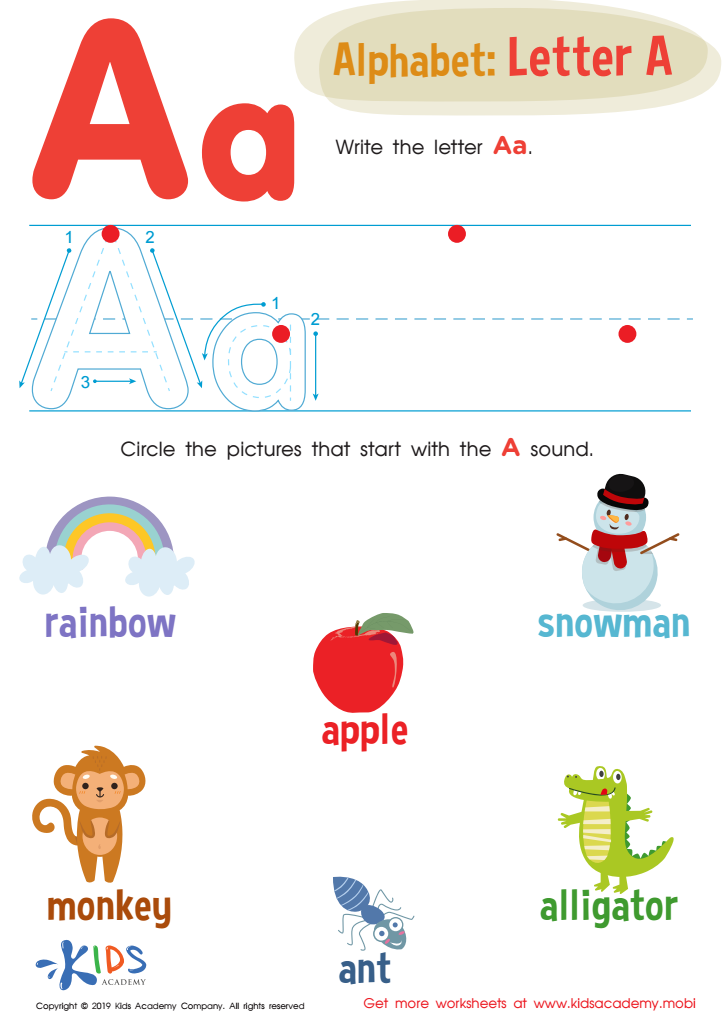

Letter A Tracing Worksheet
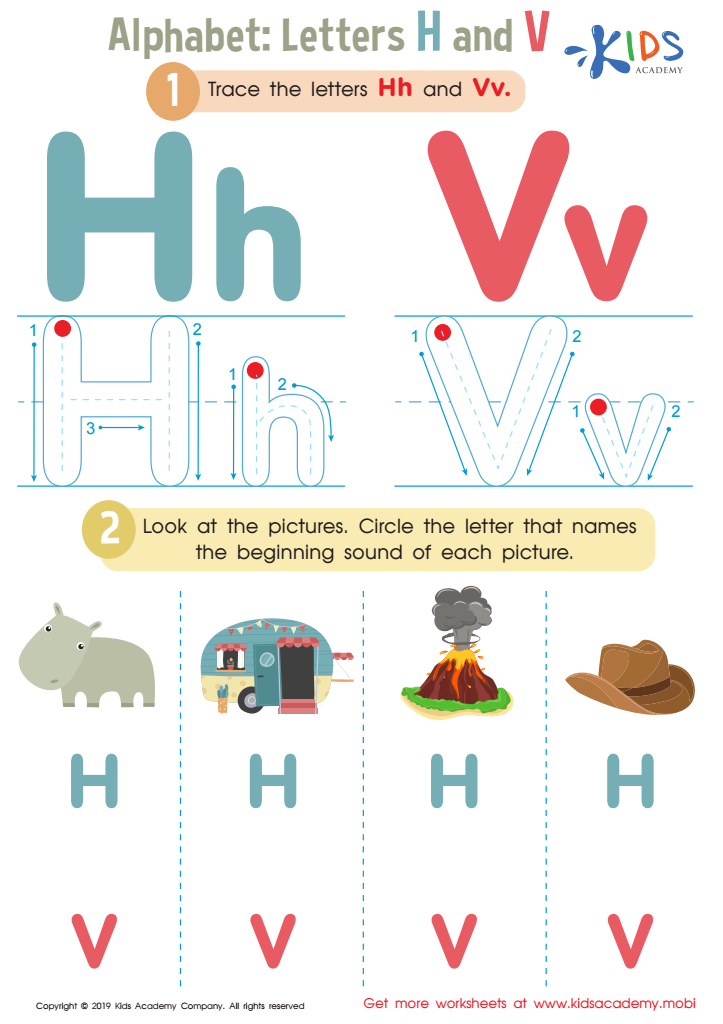

Letters H and V Tracing Worksheet
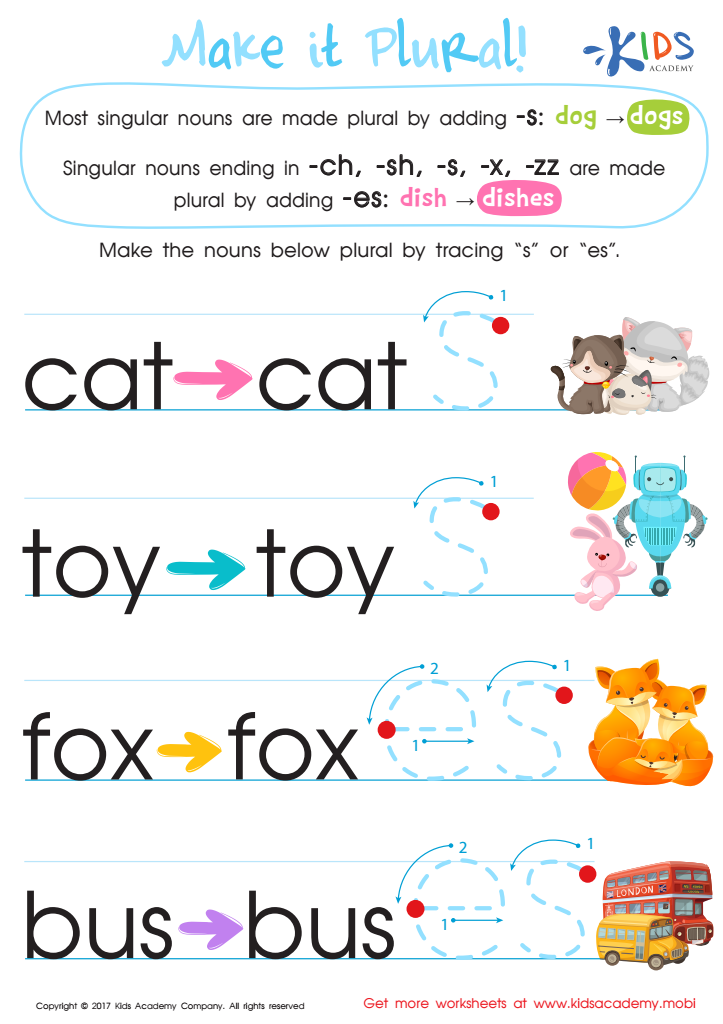

Make it Plural Worksheet
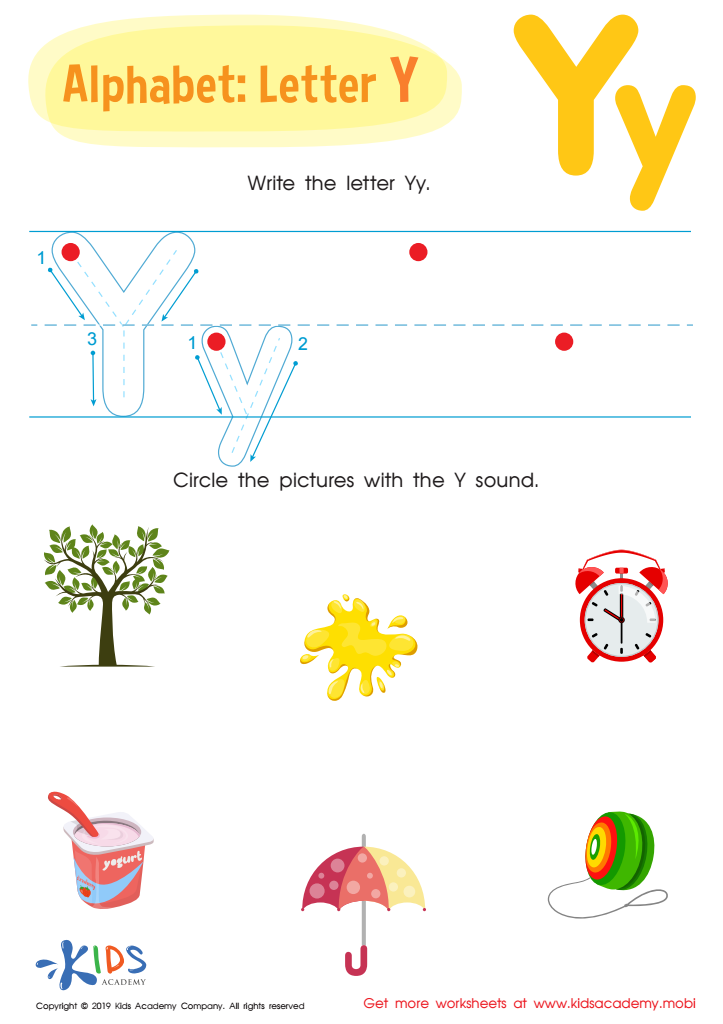

Letter Y Tracing Worksheet
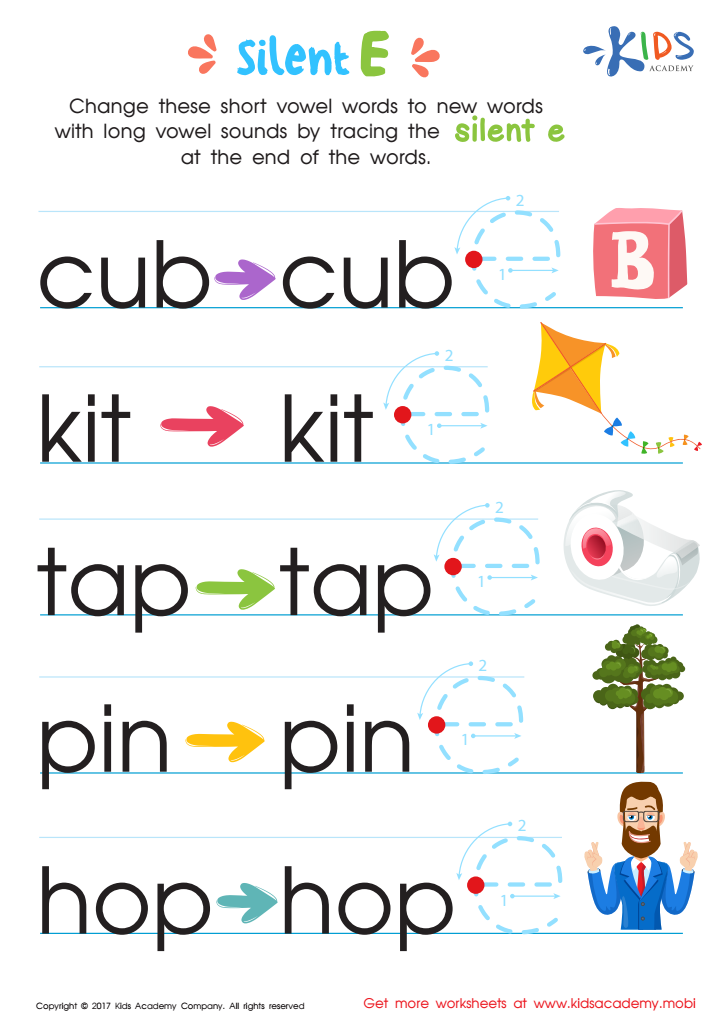

Silent E Words Worksheet
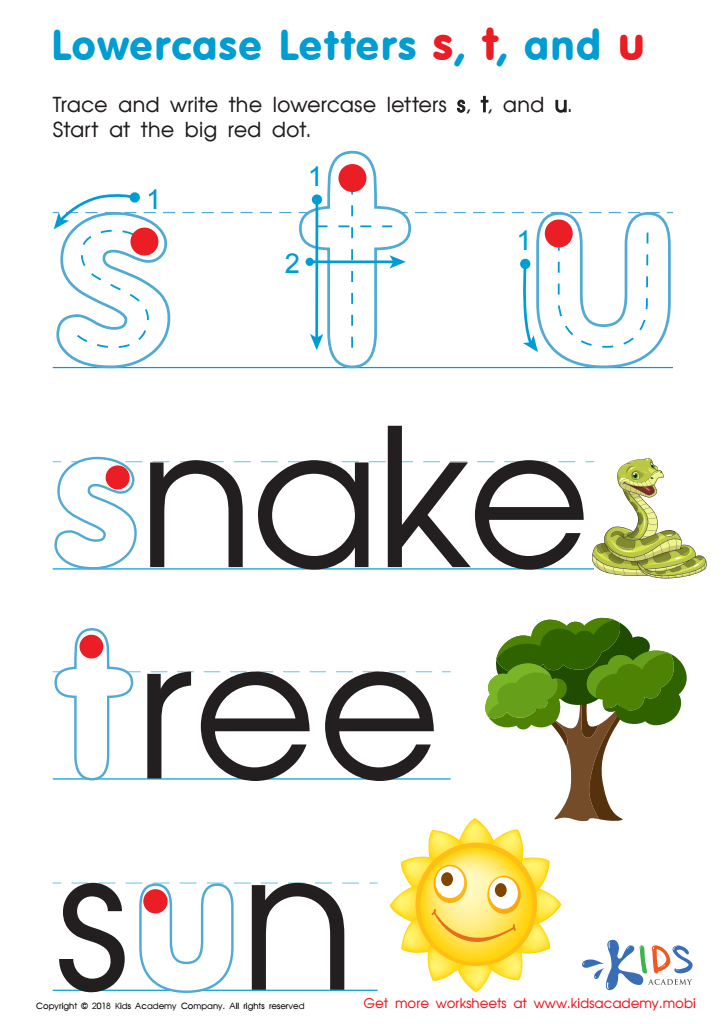

Lowercase Letters s t u Worksheet
Tracing letters activities are vital for young learners aged 4-9, as they play a crucial role in developing foundational literacy skills. Parents and teachers should care about these activities because they enhance fine motor skills essential for writing. By practicing tracing, children learn to control their hand movements, contributing to better handwriting as they progress.
Additionally, tracing letters aids in letter recognition and phonemic awareness, allowing children to connect the visual form of letters with their corresponding sounds. This correlation is crucial for reading development, as it establishes a base for understanding how letters come together to form words.
Engaging in tracing activities promotes a sense of achievement and builds confidence in children. As they successfully trace letters, they can visibly see their progress, which can boost motivation and enthusiasm for learning. Moreover, these activities can be easily integrated into home or classroom settings, making it a versatile tool for reinforcing literacy concepts.
Finally, tracing letters is adaptable for different learners, making it beneficial for children with varying skill levels, including those who may struggle with writing. Overall, these activities are a simple yet effective way to support early literacy development and promote lifelong learning skills.
 Assign to My Students
Assign to My Students




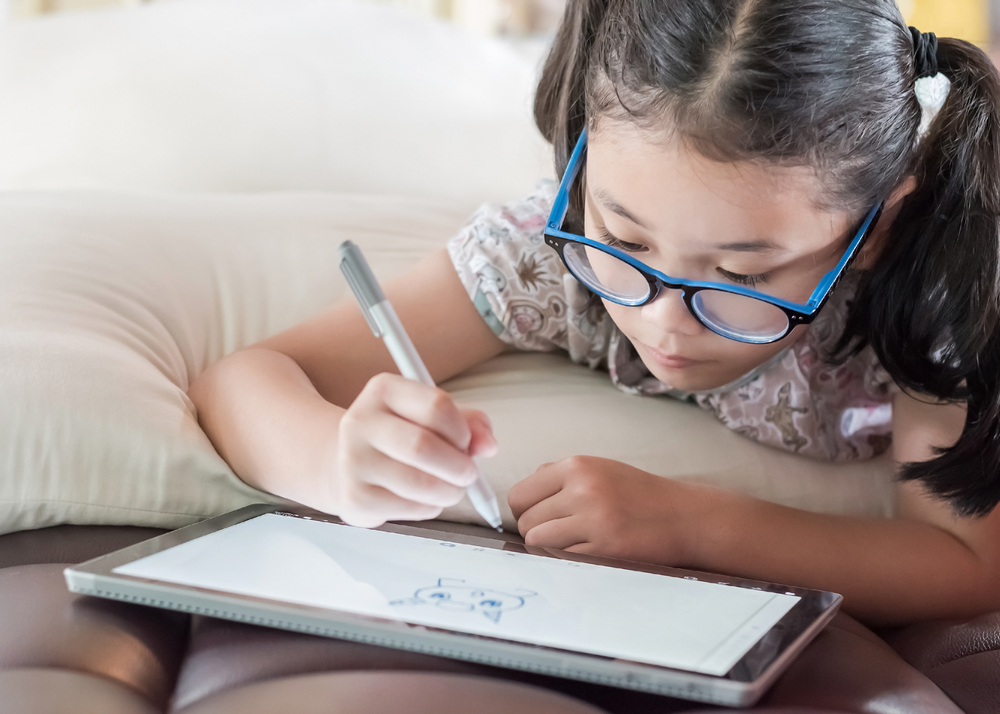

.jpg)





